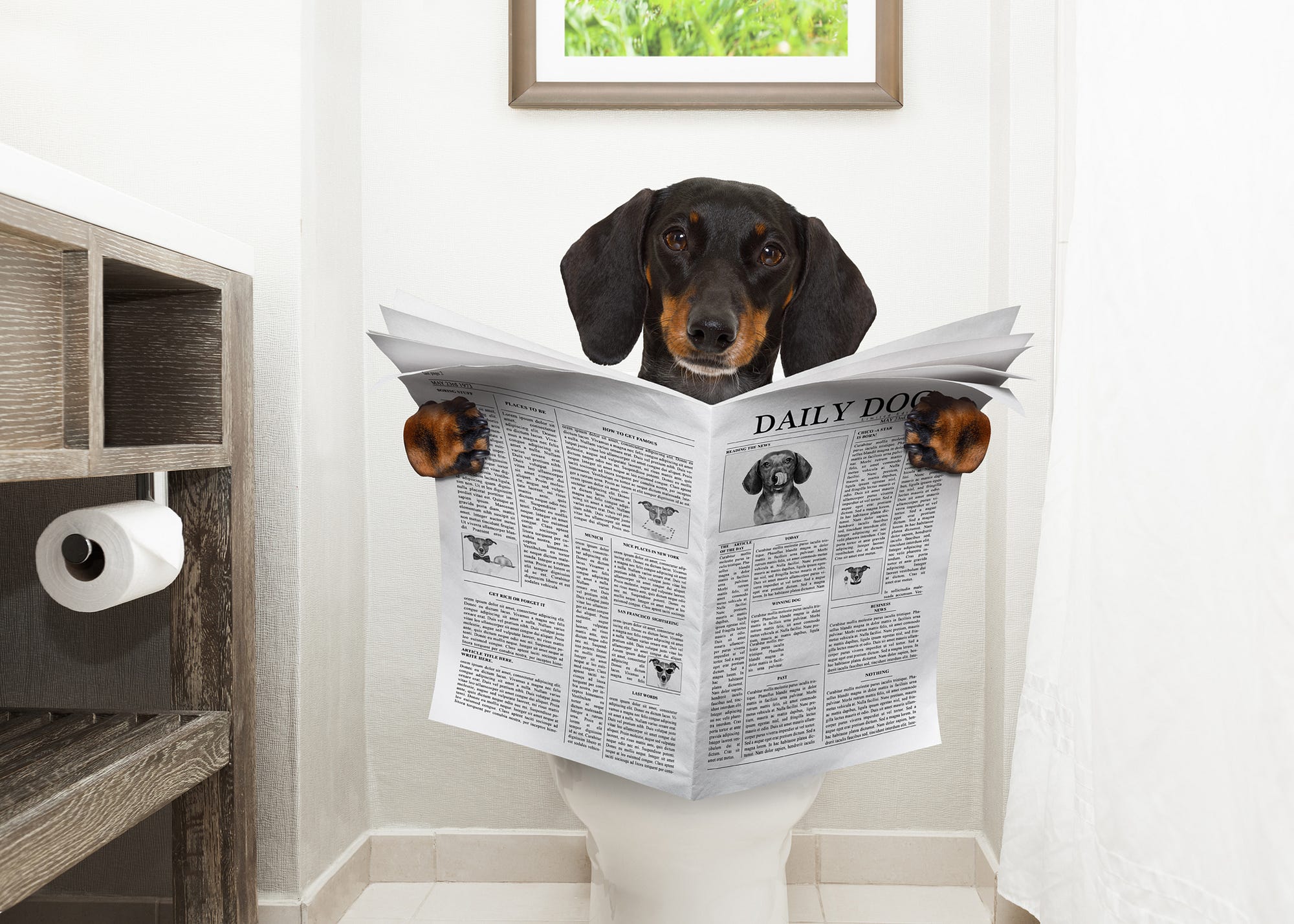The Risks of Animal Waste in the Toilet
The Risks of Animal Waste in the Toilet
Blog Article
We've stumbled on this great article involving 10 Things You Should Never Flush Down The Toilet down the page on the net and figured it made good sense to talk about it with you on this site.

When it comes to disposing of waste, specifically animal waste, many individuals often consider the practical option of flushing it down the bathroom. Nevertheless, this seemingly very easy solution can have serious effects for the setting and public health. In this short article, we'll explore why flushing pet waste down the toilet is a bad idea and give different approaches for appropriate disposal.
Intro
Appropriate waste disposal is important for maintaining environmental sustainability and public health. While it may seem harmless to purge animal waste down the commode, it can bring about various concerns, both for the environment and human health.
Threats of flushing pet waste
Environmental influence
Purging animal waste introduces harmful bacteria and pathogens right into waterways, which can adversely affect aquatic ecological communities. These pathogens can pollute water resources and injury marine life, disrupting fragile ecological communities.
Public health problems
Animal waste consists of damaging bacteria such as E. coli and Salmonella, which can position serious wellness risks to people. Purging pet waste down the commode can contaminate water materials, leading to the spread of diseases and infections.
Alternatives to flushing
Rather than flushing animal waste down the toilet, there are several alternative disposal methods that are much more environmentally friendly and sanitary.
Composting
Composting pet waste is a green means to take care of it. By composting, raw material is broken down into nutrient-rich soil, which can be utilized to fertilize yards and plants.
Garbage dump disposal
Dealing with animal waste in a landfill is an additional choice. While not as eco-friendly as composting, it is a safer option to flushing, as it protects against the contamination of water resources.
Pet waste disposal systems
There are customized pet waste disposal systems readily available that securely and hygienically get rid of pet waste. These systems frequently make use of enzymes to break down waste and eliminate smells.
Actions to appropriate animal garbage disposal
To make certain proper disposal of pet waste, comply with these actions:
Scooping and nabbing waste
Consistently scoop and bag pet waste utilizing biodegradable bags. This prevents waste from infecting the environment.
Making use of assigned waste containers
Dispose of bagged animal waste in marked waste bins, such as garden compost containers or landfill bins. Stay clear of flushing it down the bathroom at all expenses.
Cleaning litter boxes and family pet locations consistently
On a regular basis tidy litter boxes and family pet areas to avoid the accumulation of waste and germs. Use pet-safe cleaning products to keep health.
Advantages of proper disposal methods
Embracing appropriate disposal techniques for animal waste offers numerous benefits:
Decreased environmental pollution
Correct disposal approaches minimize the risk of environmental pollution, securing rivers and ecological communities from contamination
Decreased danger of water contamination.
By staying clear of flushing animal waste down the commode, the risk of water contamination is dramatically decreased, safeguarding public health.
Enhanced cleanliness and health
Correct disposal approaches advertise better sanitation and health, developing a safer atmosphere for both people and pets.
Verdict
To conclude, purging pet waste down the commode is unsafe to the environment and public health. By taking on alternate disposal methods and complying with proper waste monitoring methods, we can reduce the adverse effect of animal waste and contribute to a cleaner, healthier earth.
What To Do With Dog Poo – The Do's And Don'ts Of Disposing Of Faeces
Dog poo bins
Some councils provide dedicated dog waste bins in popular dog-walking areas that can take dog poo that has been bagged but you can legally dispose of dog waste in any public litter bin, as long as it is securely bagged. This also applies to your wheelie bin at home.
Do not flush
Water companies do not recommend flushing dog faeces down the toilet because certain parasites can survive the water processing treatment and are potentially harmful to humans. You should also never consider flushing dog poo that has been bagged down the toilet as the bags will not break down and instead create severe blockages in the sewage system.
In the woods
The Forestry Commission promotes a ‘stick and flick’ method for dealing with waste in the woods. This means finding a stick and using it to flick any poo from off the path so that it is out of the way of other walkers. You could also bury it as long as it is not in an area where there might be livestock.
Livestock
Parasites found in dog poo can be transmitted to livestock if they inadvertently eat infected faeces that has been left on grazing land. This could result in the death of sheep or abortion in cattle so you should always make sure you pick up your dog’s waste in fields where livestock could be present.

As a reader on Why you should never flush dog poop down the toilet, I figured sharing that piece of content was a great idea. Sharing is good. You just don't know, you may just be doing someone a favor. I appreciate your readership.
Click Here Report this page